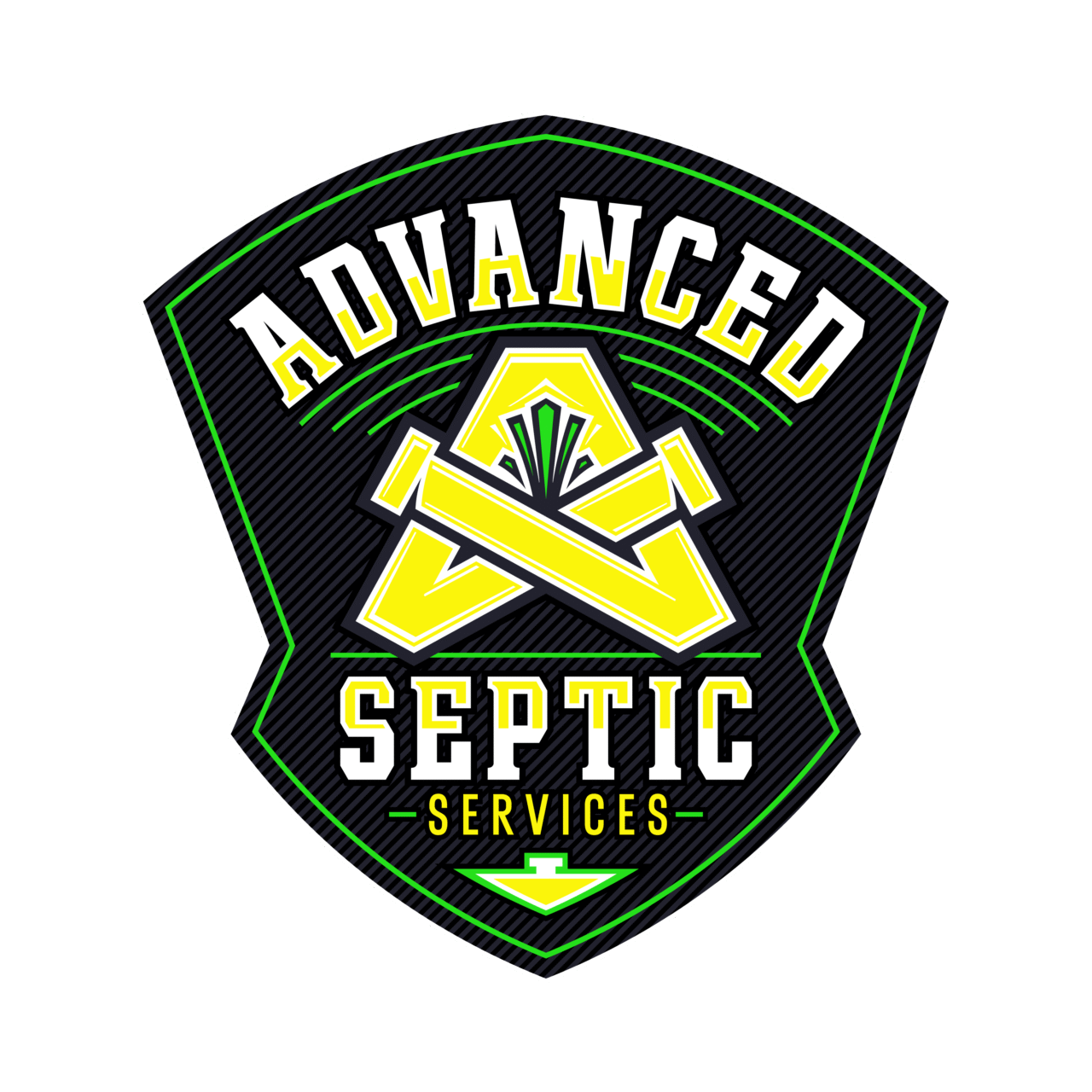If you’re dealing with a clog between house and septic tank, expect slow drains, sewer gurgles, or even backups. Knowing how to fix a clog between house and septic tank can save you time and stress. In this guide, you’ll learn methods to unclog septic line, prevent a septic tank clogged scenario, and quickly restore flow with confidence.
What Causes a Clog Between House and Septic Tank?
Several issues can cause a clog between the house and the septic tank. These blockages disrupt normal flow and lead to a septic tank clogged or a clogged septic line:
- Non-biodegradable items like wipes, diapers, and coffee grounds clog the main line. These often don’t break down and can lead to a clogged septic line between home and tank.
- Grease, soap scum, and hair buildup congeals inside pipes over time, restricting flow and causing a persistent clog between the house and the septic tank.
- Tree root intrusion can collapse or block piping. Roots seek moisture and infiltrate cracks in pipes, leading to a clog between the house and septic tank or even line collapse.
- Collapsed or misaligned pipes often due to shifting soil or aging , disrupt smooth flow, resulting in a clog between the house and the septic tank.
Signs of a Clog Between Your Home and Septic Tank
Recognizing early warning signs of a clog between the house and septic tank helps prevent serious backups and costly cleanup.
Multiple fixtures drain slowly or gurgle together
- If sinks, toilets, and showers slow or gurgle at the same time, that suggests a clogged septic line rather than a single fixture issue.
- Foul smells around drains or your yard often mean wastewater can’t flow into the tank. This indicates a septic tank clogged or a failing main line.
- An overflowing or blocked cleanout indicates the blockage is between your home and the tank. This is a clear sign you need to unclog the septic line.

Quick DIY Fixes for a Clogged Septic Line
Try these safe, home-based methods when facing a clog between house and septic tank before calling a professional:
- Locate the cleanout access and use a drain snake or auger to break up the blockage in the main line. This is one of the most effective ways to unclog your septic line and prevent a septic tank clogged scenario.
- Use a plunger on a single slow fixture. A forceful back-and-forth motion can shift minor blockages and may restore flow for now. It’s a simple first step in fixing a clog between the house and the septic tank.
- Avoid harsh chemical cleaners like strong acids, bleach, or caustic drain openers. These products can damage pipes and disrupt essential bacterial activity in your system making clogged septic line issues worse. Opt for septic-safe alternatives or enzyme-based products instead.
When to Call a Professional
If a clog between house and septic tank persists, it’s time for expert intervention. Here’s how professionals address stubborn clogged septic line issues:
- Schedule a camera inspection. A sewer or pipeline camera gives a clear, real-time view of the interior of your drainage lines. It accurately pinpoints blockages, root intrusions, misalignments, or structural damage without guesswork. Ideal when you’re unsure of the cause or location of a septic tank clogged scenario.
- Jet cleaning or professional augering. These powerful tools clear deeply lodged debris or roots cutting through clogs between house and septic tank. Hydro-jetting uses high-pressure water to clean entire pipe walls and is often more effective than snaking alone.
- Check tank inlet and outlet baffles for damage. Baffles help regulate flow between your home and septic tank. Damage here can lead to backups or slow drainage issues and often goes unnoticed without professional inspection.
Prevent Future Clogs Between House and Septic Tank
Ensure smooth, long-term operation of your system with these proactive steps to prevent a clog between the house and septic tank:
- Avoid flushing “flushable” wipes and non-biodegradable items. These stubborn materials fail to break down and commonly cause a clogged septic line between your home and tank. Always dispose of them in the trash.
- Use less grease and oil down the drain. Fats, oils, and grease (FOG) can solidify and contribute to a blocked line or even a septic tank clogged condition.

- Install septic-safe traps for kitchen grease. These help capture FOG before it reaches plumbing, significantly reducing downstream clogs in your septic line.
- Maintain regular septic inspection and pumping. Tanks should typically be pumped every 3–5 years, depending on household use. This keeps sludge from building up and prevents backups in your septic line.
A Clog Between House and Septic Tank Demands Timely Action
A clog between the house and septic tank isn’t just a minor annoyance—it’s a serious issue that needs immediate attention. Whether you’re trying to unclog the septic line or prevent a septic tank clogged scenario, early intervention can protect your home, health, and wallet. Ignoring warning signs risks more extensive damage and costly repairs. Prompt action, rather than delay, leads to faster resolution and sustained system health
From urgent repairs to routine maintenance, trust Advanced Septic Services ,reach us anytime at 780-691-0588 or online at AdvancedSepticServices.ca.”
FAQs
1. How do I unclog my septic system?
Start by identifying whether the issue is a clog between house and the septic tank or elsewhere. For minor blockages, pour a mix of baking soda and vinegar, wait a bit, then flush with hot water to help dissolve grease. Alternatively, gently use a drain snake through a cleanout to physically break up the clog. If issues persist, consult a professional.
2. How to unclog main line to septic tank?
Locate your sewer cleanout, then insert a mechanical auger or drain snake to dislodge the clog. Work back-and-forth until flow restores. This method targets the main pipeline effectively.
3. How to unclog main septic line?
Use a sewer jetter (hydro-jetting) to blast away tough blockages with high-pressure water especially effective for deep or rooted obstructions. If not available, a mechanical auger is the next best option.
4. How to clear a septic tank blockage?
You can use a wooden pole or steel rod to gently break up clogs at the tank inlet. Insert it into the inlet pipe, scrape away debris, and observe if water begins flowing again. Always wear protective gear.
5. How to clear a blocked main drain?
For general main drain clogs (including between home and septic tank):
- Pour boiling water slowly to dissolve grease.
- Use a plunger on accessible fixtures.
- Try a baking soda + vinegar reaction, followed by hot water.
If clogged persists, it may require professional services.
6. How to prevent septic clogs?
- Avoid flushing non-biodegradables like wipes.
- Don’t pour grease or oils down the drains.
- Use septic-safe, enzyme-based cleaners to avoid harming bacterial balance.
- Pump your septic tank every 3–5 years

